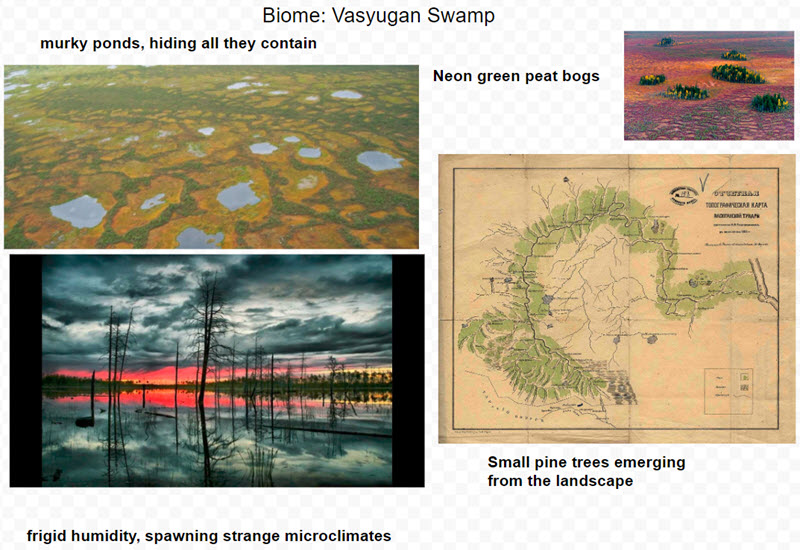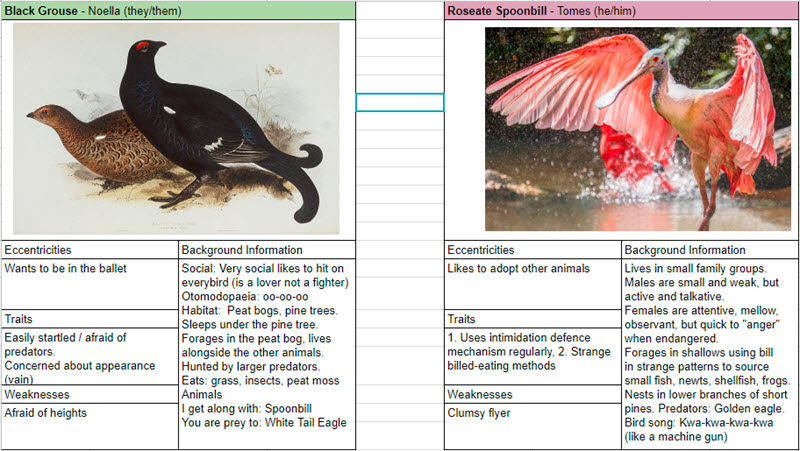Another Story Games Glendale Indie RPG Night. Decent showing of about a dozen, and we split into a few tables, which included Steven running an adventure he wrote for Trail of Cthulhu and Spencer running his game Icarus.
Gene, Rob and I broke off to run a two-shot. I wanted to try running Swords Without Master (and thanks Gene for pushing me), and Rob would run his tarot-based game, in alpha playtesting.
Swords Without Master is… tricky
I got to play Swords back in September when Pat ran it on The Gauntlet calendar, and since then I had taken a stab at making a Swords Without Master cheatsheet, which has mostly been untested (except for you, thanks Vee!) So, with that tool in hand, I tried running a session.
(Note: Swords Without Master was released in, and can be purchased through, Epidiah Ravachol’s zine Worlds Without Master, issue #3.)
A sampling of the cheat sheet… the first page is the basics of how the game runs.
A sampling of side two of the cheat sheet… a summary of the three phases and how they play out.
We didn’t really run a full session, but went through character creation, and then played out a Perilous Phase for almost an hour.
There was Vex (played by Gene) with long lost sister Kend, carrying a lantern called Neverender, which contained the “demon” Xonn, and was embedded with “Forge”, some sort of spell. Glum mode? Possessed. Jovial mode? Drunk. Trick? Omen.
We also had Byrus (played by Rob), with vampiric sword Mosrael, and lost love Menora. Glum mode? Gather Shadows. Jovial mode? Ravenous. Trick? Unparalleled (which makes for another mode: Brooding).
I loved how weirdly evocative both characters were, and kudos to Gene and Rob for always bringing the awesome.
We started with some scene framing, and had a depressing landscape of muddy roads and small villages with an Eastern Europe vibe. I provided a small hut that stood out as the stand-in for this tiny village’s tavern or inn. And within: a strange witch brewing stuff in a cauldron.
The exchange quickly became odd, and heated, and involved the revelation of tiny figurines and echos of “lost little children” (which became a game Motif). The scene turned into an arcane fight that corrupted Vex’s flame color through interaction with the witch’s flame, and in the end, involved the sword Mosrael feeding on the witch, with a leftover Mystery of “what connects the lamps”. There was also a learned Moral by Byrus: Never underestimate the strange.
Impressions of running SWM
Damn, it’s a weird game. Swords Without Master definitely feels different to run than many other games I’ve played recently. It feels like there will be a strong GM role from my reading and impressions, however the term “overplayer” for GM is maybe a very large hint that authority is not traditional here. Now, I had some of those impressions from my prior play of it, but this was the first time running, and it was pretty strong how hard this shift hits you in the face.
In practice it’s a lot more like Ten Candles, where the players will often have full narrative authority. However that narrative authority leaves a lot open as far as success versus failure (as opposed to Ten Candles where player narrative authority is somewhat synonymous with “success” - in most cases), and how the baton of narration is passed to other players (including the overplayer). The game is somewhat evenly distributed as far as story control, but in a way that’s a little difficult to exactly put your finger on. I think it has to do with the holding and passing of dice at just that moment where you want authority to change, and the way in which holding on to the dice long enough is a sort of game like chicken, where pushing the overplayer to attack too long can have some brutal consequences.
Overall I’m a big fan of how it feels and the story that develops, but it did make me feel like a novice overplayer, with a lot to learn. I’m glad I got to experience the session with two avid story gamers, at least one of which has had some minor experience with the game, but it just feels like so much more play is needed to really grok it, and be able to run the game without my massive cheat sheet.
All said, we only got to experience some of the game, as we just played out that one phase, and decided to end the adventure there, and took a turn to play Rob Hebert’s tarot-based story game he’s been working on as part of NaGaDeMon (National Game Design Month). More on that another day, I hope, as the game was pretty rad.




